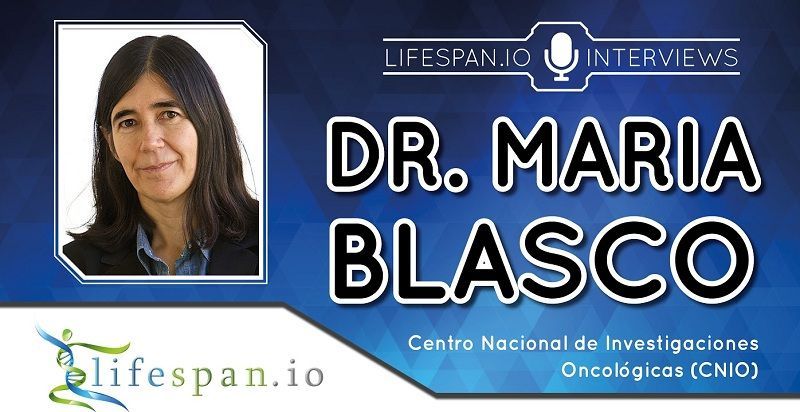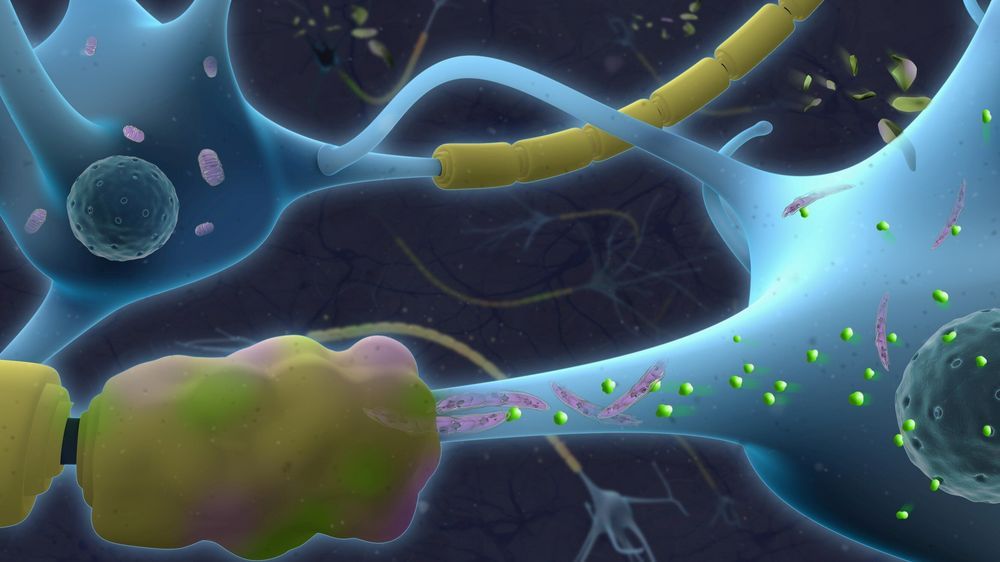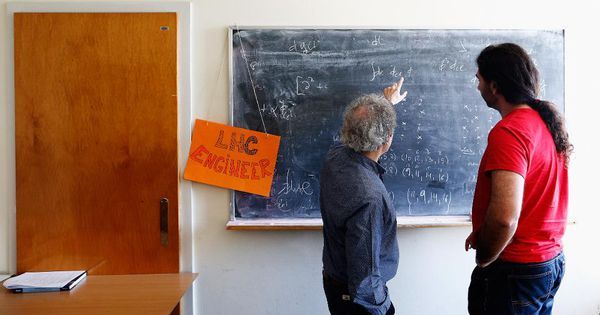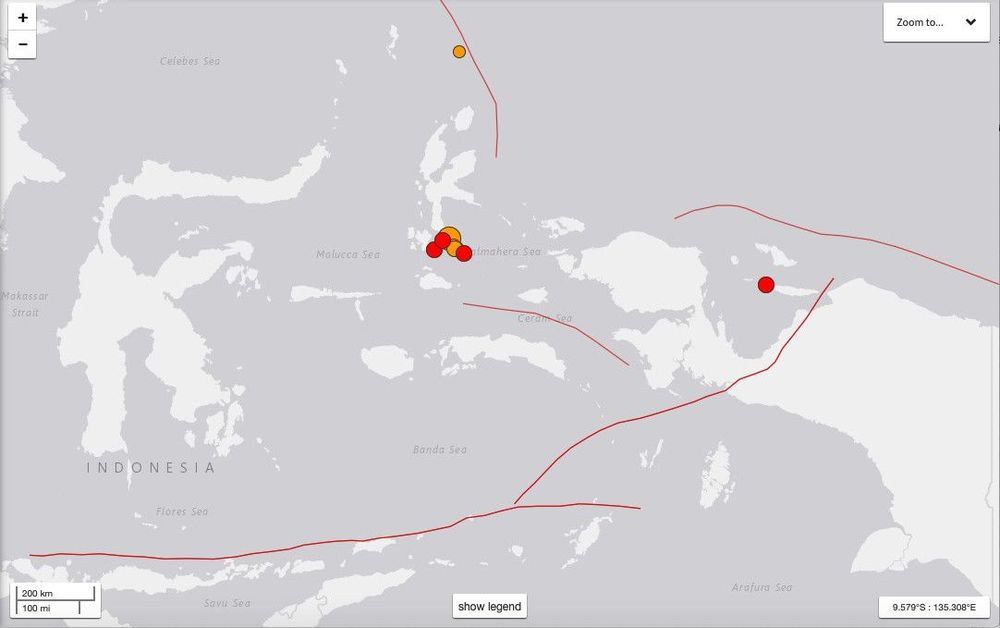Jul 15, 2019
Physicists Reverse Time for Tiny Particles Inside a Quantum Computer
Posted by Quinn Sena in categories: computing, mathematics, particle physics, quantum physics
Time goes in one direction: forward. Little boys become old men but not vice versa; teacups shatter but never spontaneously reassemble. This cruel and immutable property of the universe, called the “arrow of time,” is fundamentally a consequence of the second law of thermodynamics, which dictates that systems will always tend to become more disordered over time. But recently, researchers from the U.S. and Russia have bent that arrow just a bit — at least for subatomic particles.
In the new study, published Tuesday (Mar. 12) in the journal Scientific Reports, researchers manipulated the arrow of time using a very tiny quantum computer made of two quantum particles, known as qubits, that performed calculations. [Twisted Physics: 7 Mind-Blowing Findings]
At the subatomic scale, where the odd rules of quantum mechanics hold sway, physicists describe the state of systems through a mathematical construct called a wave function. This function is an expression of all the possible states the system could be in — even, in the case of a particle, all the possible locations it could be in — and the probability of the system being in any of those states at any given time. Generally, as time passes, wave functions spread out; a particle’s possible location can be farther away if you wait an hour than if you wait 5 minutes.






 Your support will help us in our mission to research, develop and promote comprehensive regenerative medicine solutions for the diseases and disabilities of aging. SRF is a 501©(3) non-profit. Please consult your tax advisor – your donation may be tax deductible as no goods or services were received in exchange for the gift.
Your support will help us in our mission to research, develop and promote comprehensive regenerative medicine solutions for the diseases and disabilities of aging. SRF is a 501©(3) non-profit. Please consult your tax advisor – your donation may be tax deductible as no goods or services were received in exchange for the gift.










